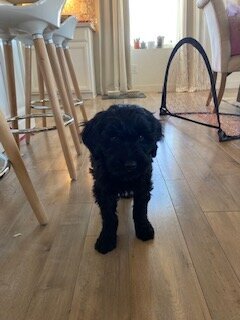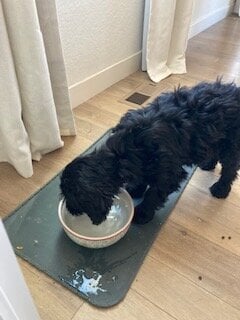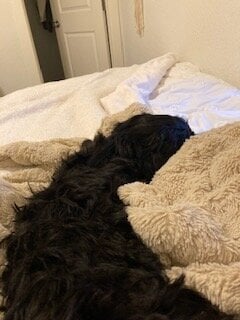Emily_loveschickens
Songster
Hi everyone,
yesterday I got a portguese water dog puppy. I was wondering what I should teach him first. Thanks!
yesterday I got a portguese water dog puppy. I was wondering what I should teach him first. Thanks!





